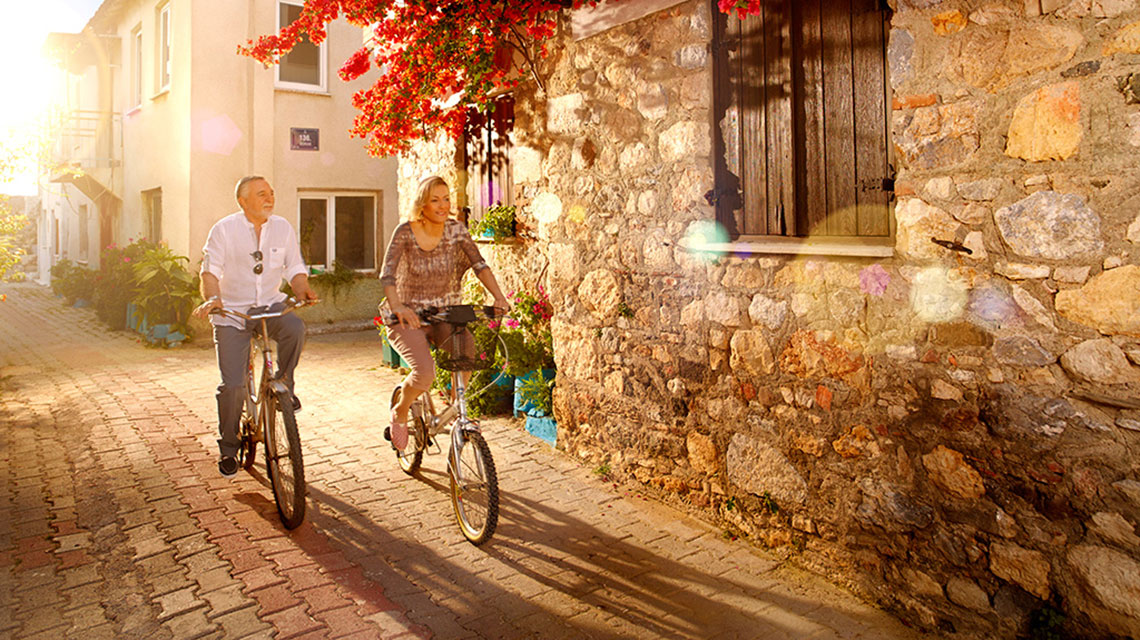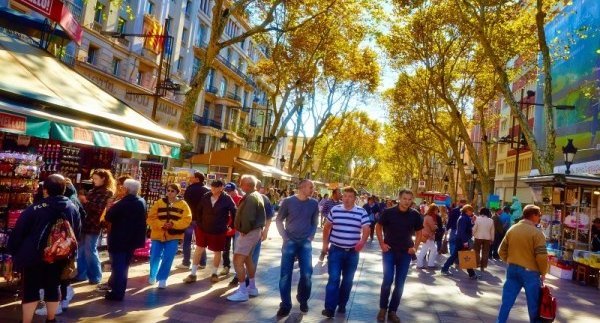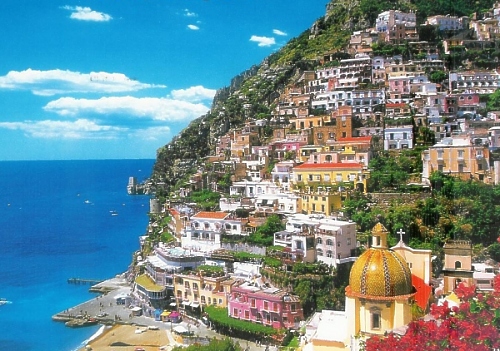
The slowness concept has become an important imperative within the urban eco-compatibility paths, and a political and economic appeal, both in the government of small and medium-wide cities. Much of the urban sustainability studies show how the latest eco-friendly strategies, adopted on the international scenario, huddle with the theme of slowness, joining not only slow network cities, but urban centers of any scales.
Efficiency and slowness are paralleled in many eco-friendly urban governance. From this perspective, the idea is to deepen the existing confluence points between Slow Cities and Smart Cities. In keeping with it, remain two point of reference.
The first emphasizes how the urban community is the basic adhesive, from where to start the eco-compatibility paths and strategies, regardless of the choice about the two urban brands. The presence of a cohesive community is an indispensable recipe for to build a slow and smart eco-friendly path, and it is also part of an aggregate dimension inside the larger urban centers. The Slow Cities are now a widespread network in 25 countries, with about one hundred and fifty members, united by this distinctive urban brand.

The second reference point recognizes that being slow does not preclude being efficient; if being slow is more accentuated by the qualitative content of urban living, being smart emphasize the ways which it comes to higher quality standards. The same international network of Slow Cities shows how its single protagonists are working on innovations smart technology: it is the Future Internet Networked Enterprises (Smart Sustainable Ecosystems) platform where Slow Cities coordinate and promote pilot projects to support sustainable economic models through the adoption of advanced internet services. The aim is to start up new forms of innovative business, including new kinds of customer relations, private and public administrations.
In the wake of these two instances, it is possible to deepen the analysis, and to state that the current characteristics of Slow Cities can be observed along two important reflection paths.
A first area concerns the pursuit of urban authenticity, through the processes for renewal or a "ex novo" tradition creation.
Against the homologous paths of the urban landscape, they underline the searching for distinctive elements: being slow becomes a trusted brand in the urban government, and this has implications for the quality of the citizens life, as well as for the image of the external city (visitors or investors).
A second point is the research of eco-friendly urban actions. Frequently the attempt to condense (on short space scale) the various socio-economic processes dispersed in neighboring suburban areas (eg in peri-urban and partially rural areas), optimizing production, distribution and consumption networks that would otherwise remain disadvantaged or oriented towards more distant markets and basins. Relocated on this path, the Slow City becomes an important declination of eco-friendly city, tending to approach the Smart City model.

Bearing in mind that the latter emphasizes the most innovative technology components of green strategies in urban governance, it is also possible to affirm that the two models detect reciprocal contamination and affinity points. While the slow cities today make the themes of technological efficiency, smart cities are currently considering the goal of slowness as a parameter of eco-compatibility and urban livability.
In them, slowness becomes the safeguarding of resources through their parsimonious use, thanks to the intelligent technologies use, and the need to organize urban life in the most qualitative forms.
In this sense, the search for the urban life quality, according to environmentally friendly directions, presupposes the re-discovery the real social relationships nucleus, that find in the community and values associated with it (re-covery and / or invention of the tradition, "in primis") the first actors.